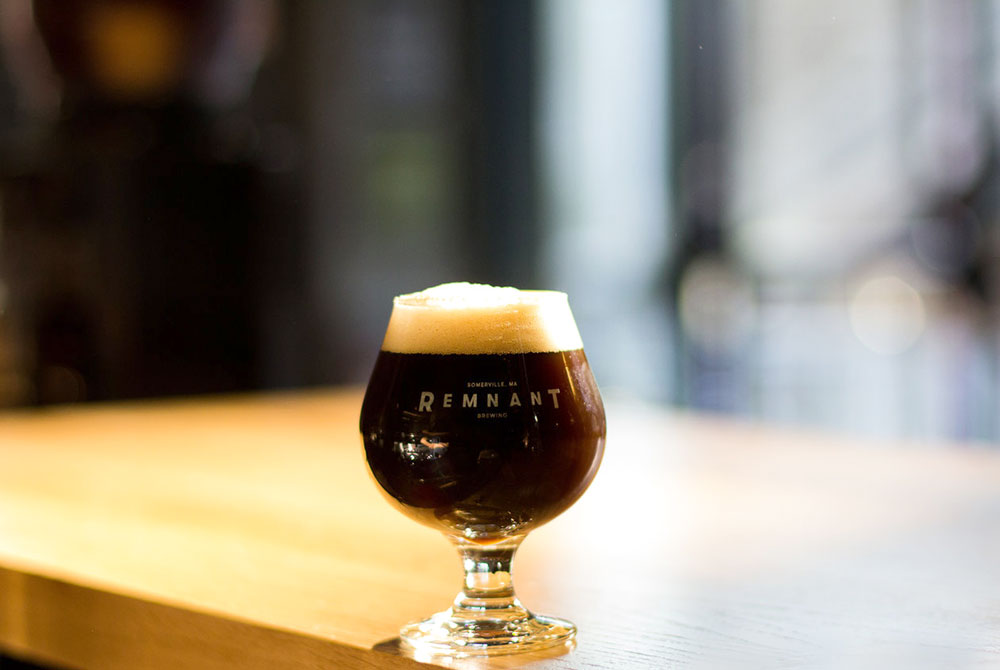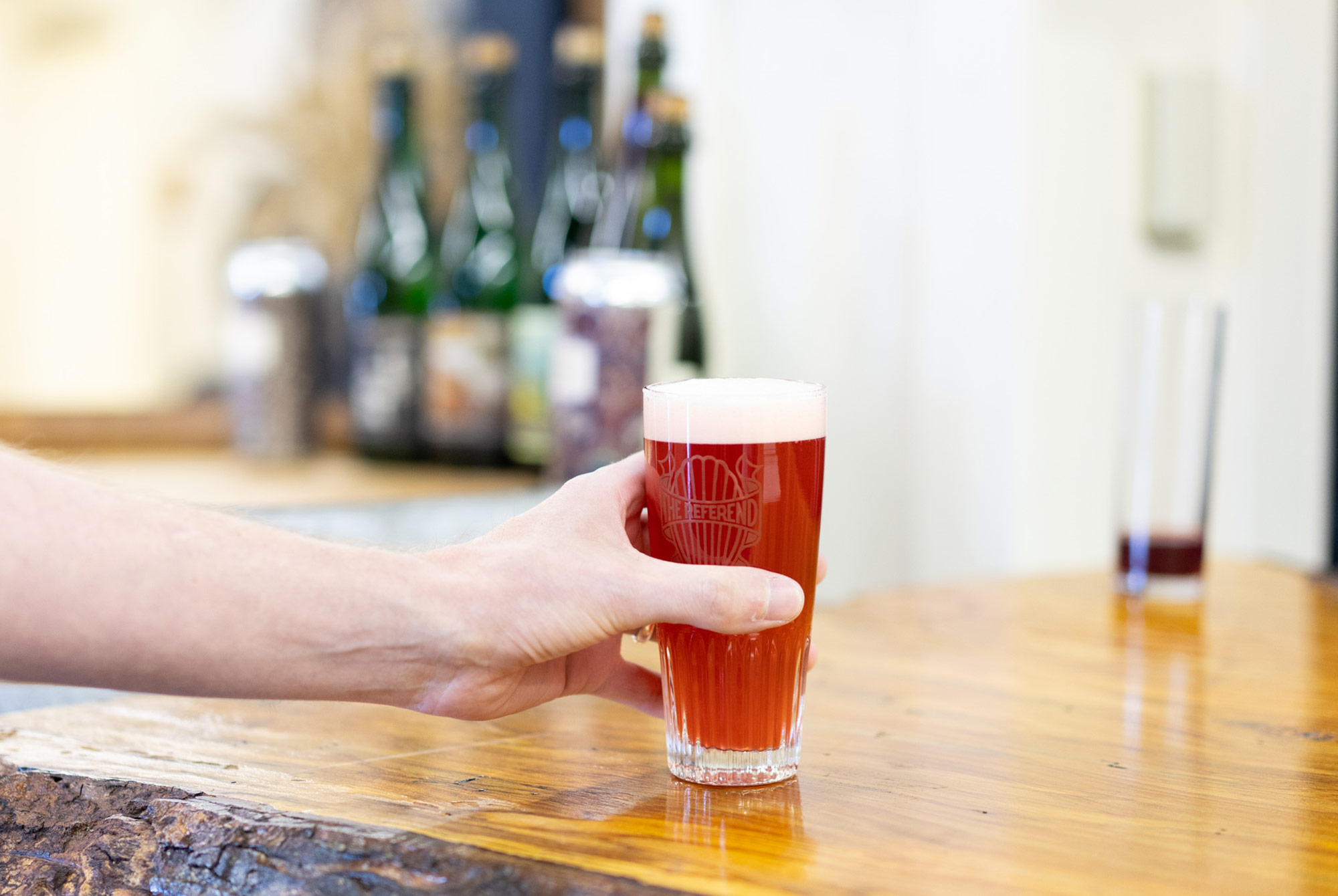Shop
What Is the Solera Brewing Method?
A mathematical approach to brewing.
Imagine barrels of beer, stacked as far as the eye can see, row upon row of wooden casks tenderly nurturing their contents as they age over years. It’s a lovely image, isn’t it? Now imagine that–every once in a while–your friendly neighborhood brewer cracks open the eldest barrels of their generation, drains portions of their liquid bounties, and then tops them off with beer from the adolescents of the bunch. The drained beer is bottled. The elder barrels get a shot of youthful vigor in the arm. The adolescent barrels get a top off from the older barrels. The brewer’s thirsty patrons top off their glasses. The circle of barrel-aging beer life continues. Everybody’s happy.
The “circle,” in this case, is solera, an approach to aging every kind of alcoholic beverage from sherry to wine to beer. The intent is to brew a beer that tastes similar from year to year, but yields a different drinking experience with each release. Solera lets brewers combine the complexity of time passed with the freshness of the present. The process boils down to the magic of fractional blending, a painstaking aging method that guarantees a product that’s both consistent and unique from one batch to the next.
Grant that if there’s a single word to suck all the fun out of brewing beer, it’s “fractional.” No one’s idea of a good time with beer involves math, even the folks in the craft beer world who practice solera aging themselves. “I hate math!” laughs Will Meyers, the brewmaster of Cambridge Brewing Co., the first brewery in the U.S. to embark on their own solera journey–all the way back in 2003. “I really suck at math.” But much as the formulaic calculations of math feel like anathema to beer’s boisterous spirit, it’s necessary for brewing beer, especially when brewing beer through the very deliberate process of solera aging.
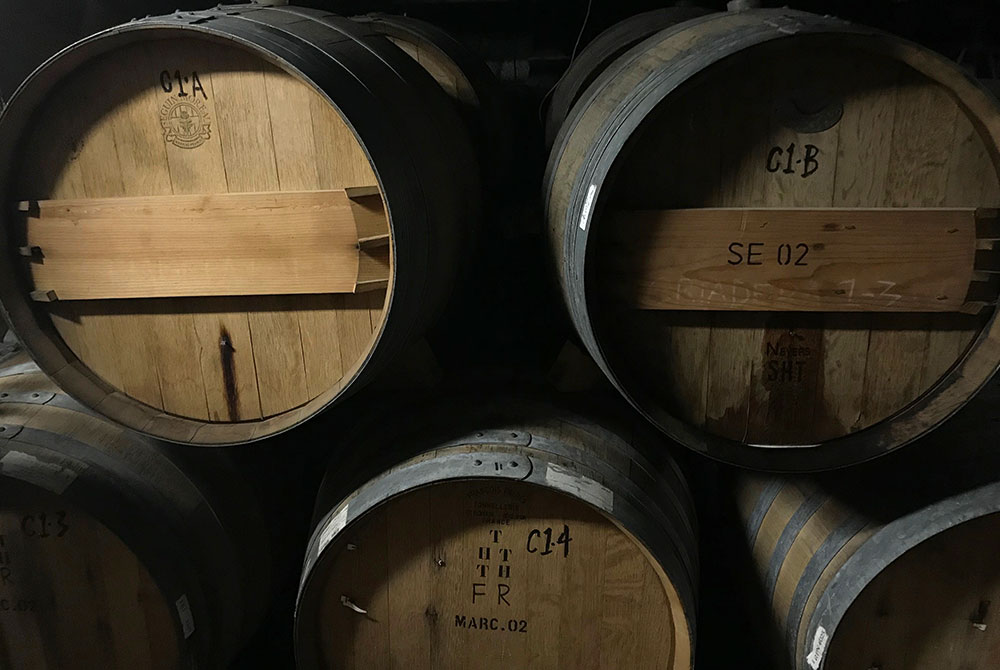
“Even the maintenance process, the removal of x percentage, some people just do it like, ‘30 percent of each barrel we’re going to remove and we’re going to sell for this year,’” says Meyers. But CBC takes a different course, which calls for more precision with each blend. “It might be 35 percent from Carl, our original barrel,” he explains (and yes, you read that right: CBC named their very first solera barrel “Carl”), “or it might be 18 percent from solera number one.” That isn’t a random determination, either; the variation recalls the soul of Spanish sherry production–Meyers’ original inspiration for incorporating solera aging in CBC’s brewing repertoire. In sherry, the objective is to achieve “homogeneity in the final expression,” as Meyers puts it, which means extra care must be taken when mixing younger barrels (called “criadera”) with older barrels (the “solera” barrels).
Meyers breaks it down thusly: “Every barrel from the criadera . . . are meant to be blended together fully to go into the solera, the elder set of barrels. So it’s not as simple as saying criadera one tops up solera one, criadera barrel two tops up solera barrel two. All of the criadera needs to be drawn out in equal amounts and blended together and then topped up into all of the solera levels individually.”
Confusing, right? It’s why math is essential to the process: Without the control afforded by math, you get a series of barrels boasting wildly different characteristics from one another. The “ones” might be too sweet, the “twos” too acidic. Figuring out proportions sounds like a chore—albeit a delightful and boozy chore—but you don’t brew solera by not caring.
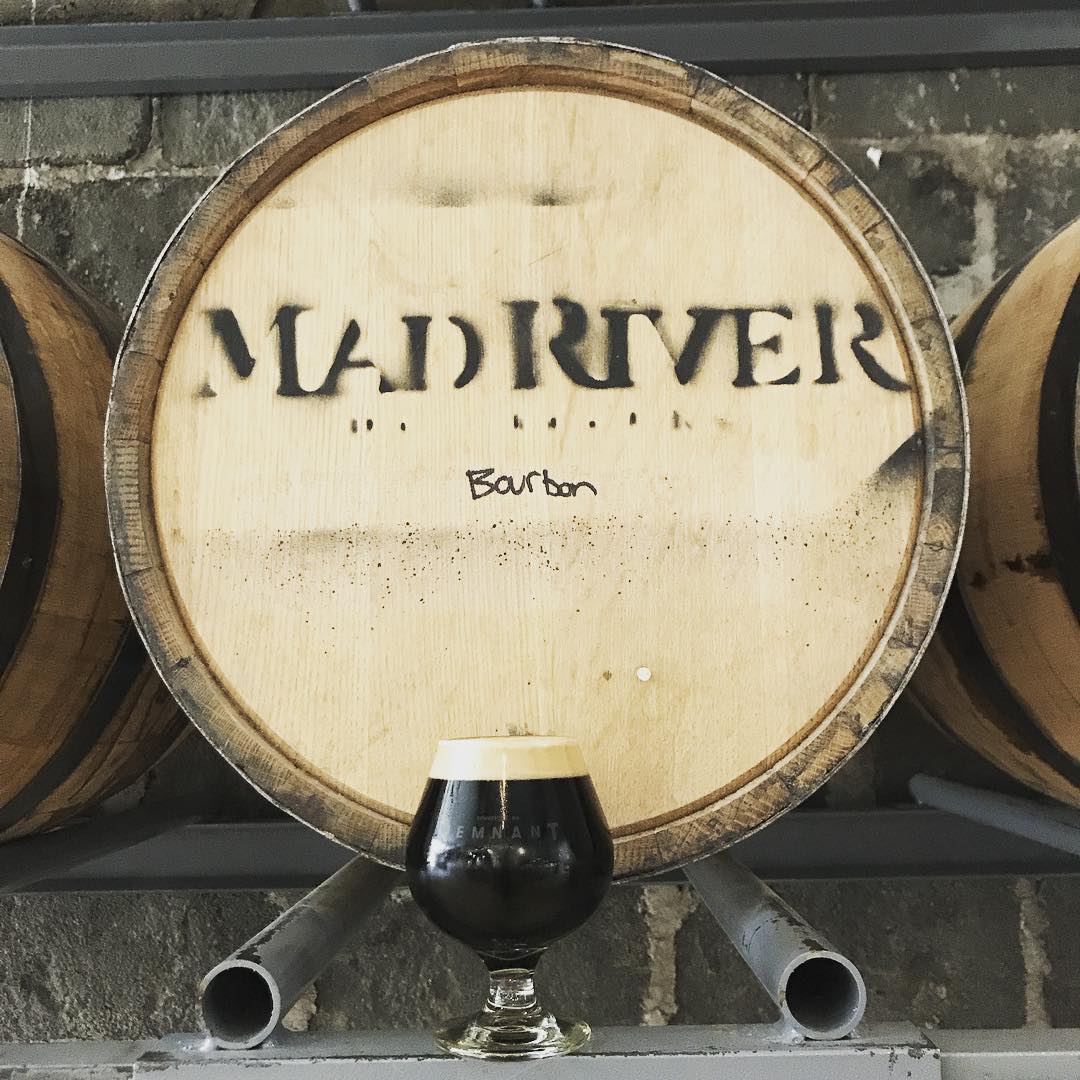
That doesn’t make the prospect of shouldering the responsibilities of brewing solera less daunting. But Charlie Cummings, head brewer of Somerville’s Remnant Brewing, takes a more relaxed view of solera. Cummings describes Remnant’s approach to the process as informal compared to sherry making. “In this case,” says Cummings, “each barrel is really getting emptied about 75 percent of the way whenever we think it’s ready, topping it up with a freshly fermented saison.” For him, the Remnant way of solera is about as challenging to pull off as any other barrel-aged brew; the greatest hurdle, it seems, is the time investment needed to make it work.
At the end of the day, brewing solera–even under rigorous supervision–is a leap of faith. The goal, of course, is to produce the same taste from the first barrel to the next. “We just don’t always achieve that goal,” Meyers readily admits, “which is why we blend them.” For all the effort that goes into giving the solera process predictability, there’s still an unpredictable element at play, which sort of flies in the face of expectation given the steps involved in brewing; with all the number crunching and portioning, you’d assume every interval of draining and refilling guarantees the same desired result. It doesn’t.
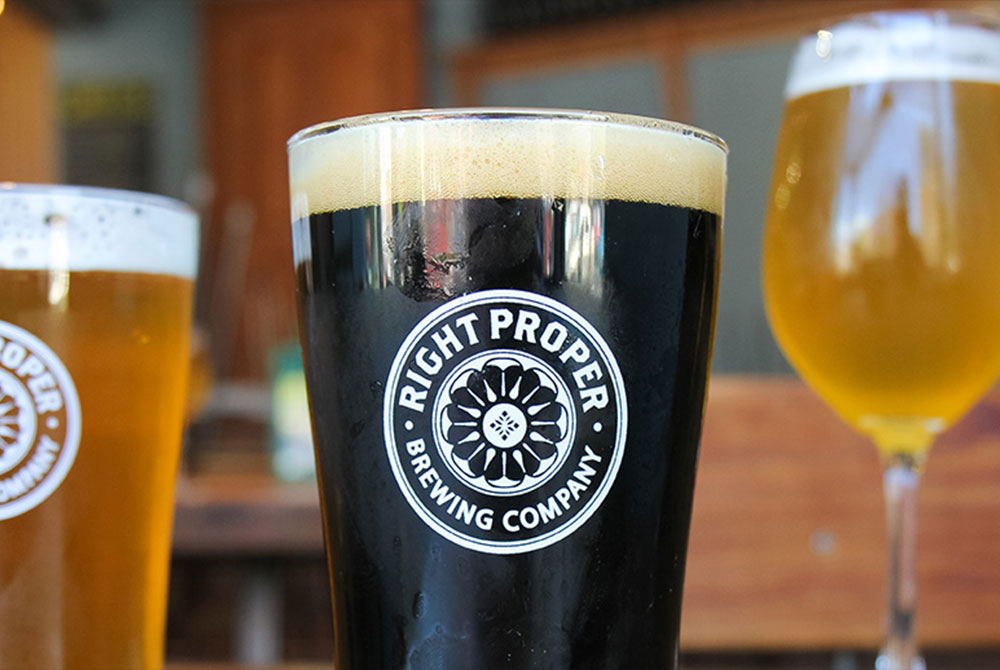
But that’s part of the draw with solera. Solera breeds uncertainty, which in turn breeds atmospheric enthusiasm. “Honestly, every single thing I’m doing here is like playtime,” Cummings quips with a smile, “but this is probably the coolest project we’ll get going in a way, because it involves other microflora than just brewer’s yeast, and barrel aging, and this layer of process and seeing where it goes over time.” Meyers, on the other hand, finds satisfaction in the natural progression of solera over time: “It makes it unique, which is what excites me most about having to deal with the headaches and the time sinks.”
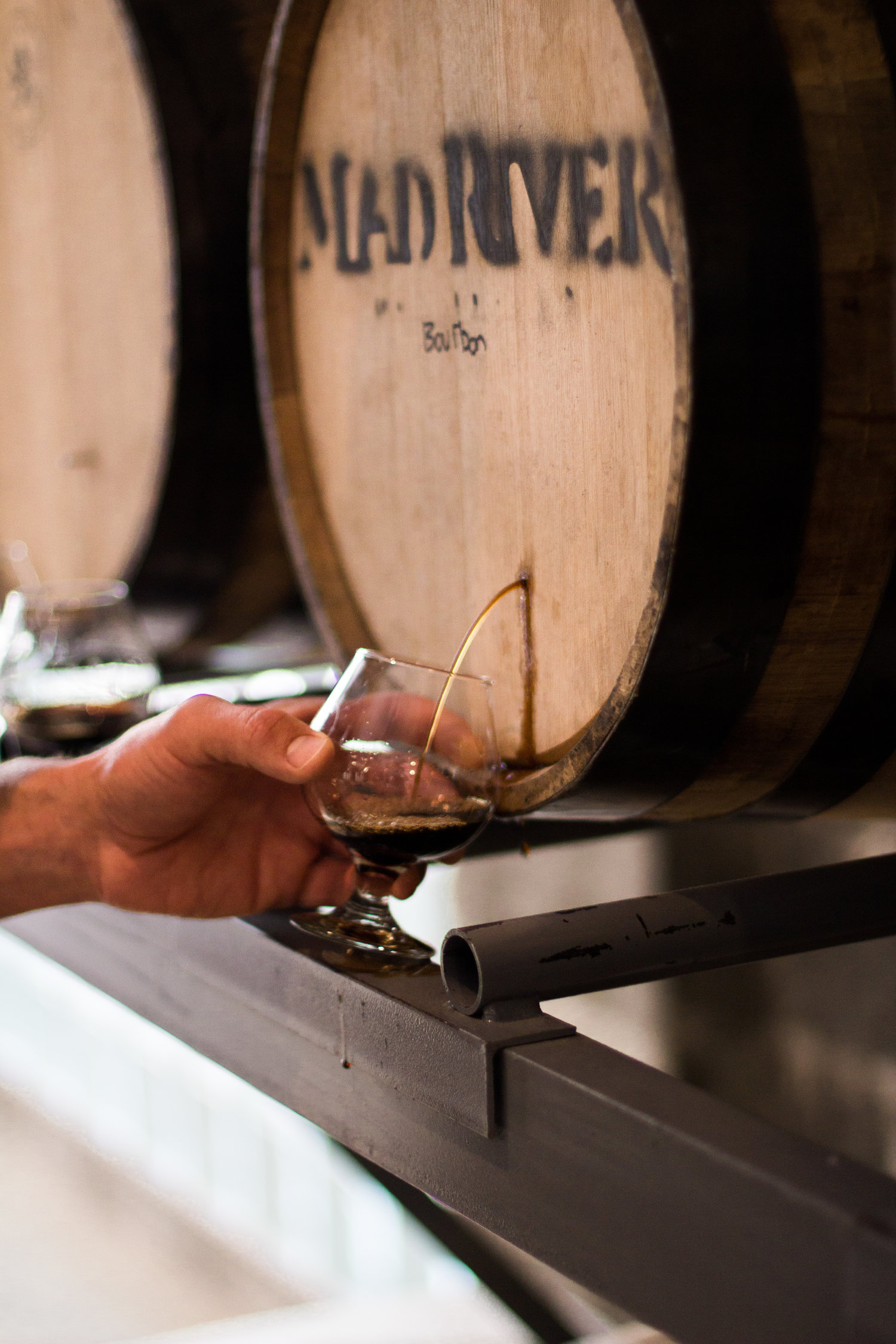
And for Nathan Zeender, head brewer and co-owner of Washington D.C.’s Right Proper Brewing, solera means crafting an identity: “It’s a neat way of getting your own strong house character,” he says, speaking to solera’s consistency and the distinguishing effect it has on a brewery’s slate of offerings. It’s true that few breweries in the U.S., whether for reasons of space or time or general interest, attempt the solera process themselves, but that isn’t Zeender’s point. Solera lends Right Proper’s beers shared DNA, similar to how breweries that place heavy emphasis on heavy hop character across their beers have shared DNA. “They’re all in the family, but, you know, they’re radically sort of different,” he notes.
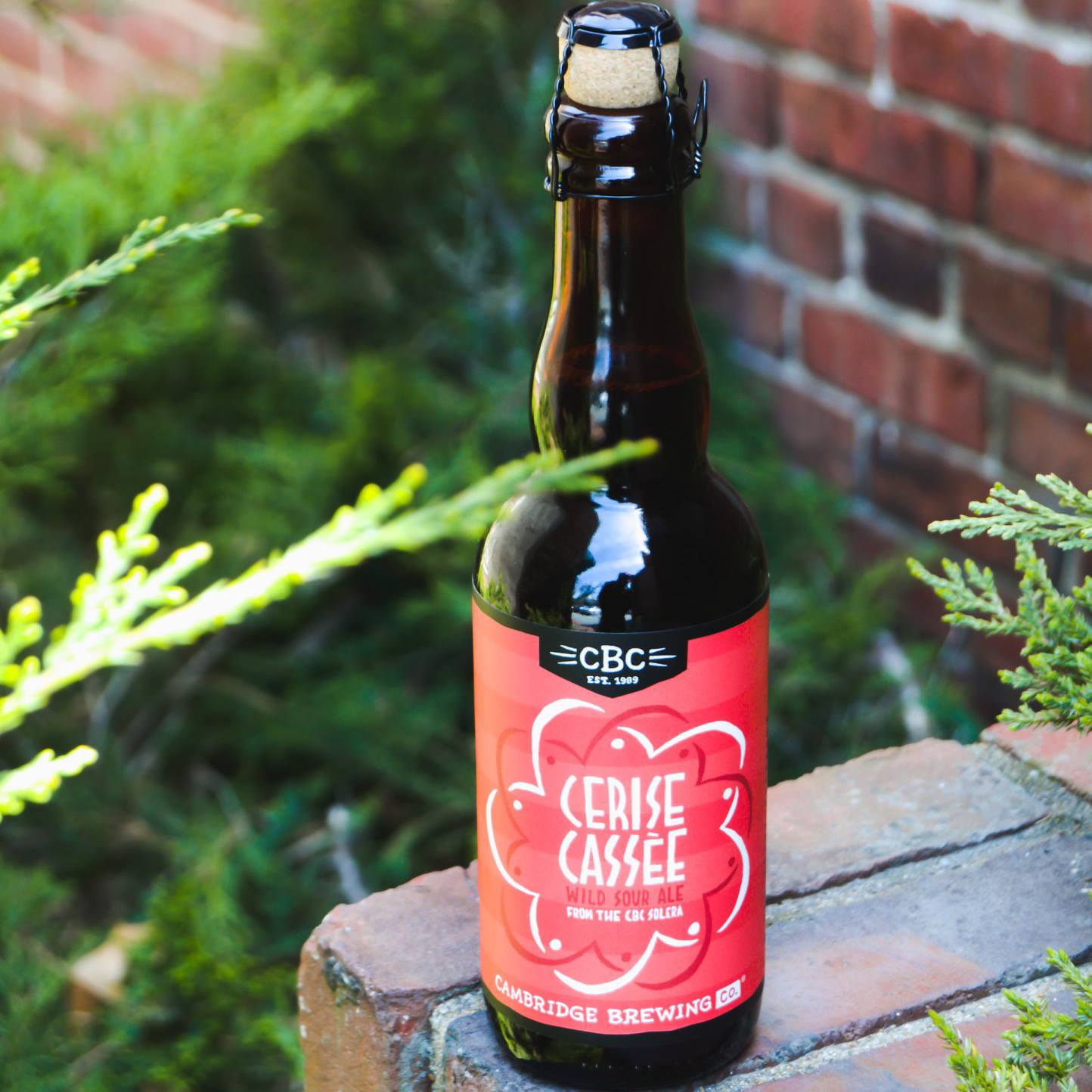
Time changes solera dramatically from one barrel to the next. Unsurprisingly, the longer the age the bolder the flavor. “You get a real serious amount of depth after a couple of years,” says Zeender, and that depth can manifest in a number of ways: An older barrel, for instance, might present stronger malt qualities, higher acidity, and notes of black fruit; they’ll also derive more wood character from the barrels themselves. But a younger barrel might pack a mustier punch, awash with dark stone fruit—cherry, or even plum. And that’s not counting ages that land between “old” and “young” on the spectrum, or the type of barrels used.
Every beer style has variance based on recipes. You can try plenty of hazy New England IPAs from a slew of different breweries, and they’ll probably have personalities all their own. But brewing solera means you enjoy that variation with each barrel you fill. Fractional blending lends homogeneity, but that doesn’t mean every batch of solera’s the same—and that’s what makes solera so appealing. Math might be a bore, but the spice of life is variety.
Liked this article? Sign up for our newsletter to get the best craft beer writing on the web delivered straight to your inbox.

